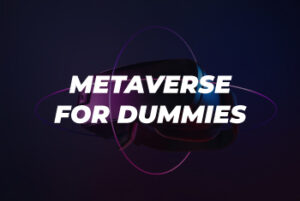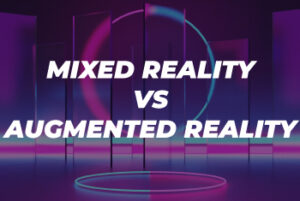

What is the difference between a digital twin vs simulation
What is the difference between a digital twin vs simulation
Companies and business owners are constantly needing to test and adapt their services and products. Digital twins and simulations have been used throughout testing and research for many years by a number of different brands, but what is the difference between a digital twin vs simulation? Many people assume they are the same or extremely similar but there are in fact some key differences.
Firstly, What is a digital twin?
A digital twin is a virtual representation of an object or system that spans its lifecycle, is updated from real-time data, and uses machine learning and reasoning to help decision-making. To put simply, a digital twin is a virtual model designed to accurately reflect a physical object.
For example, the object being studied is a wind turbine, which is outfitted with various sensors related to vital areas of functionality. These sensors produce data about different aspects of the physical object’s performance, such as energy output, temperature, weather conditions and more. This data is then relayed to a processing system and applied to the digital copy.
When informed with this data, the virtual model can be used to run simulations, study performance issues and generate possible improvements, all with the goal of generating valuable insights, this can then be applied back into the original physical windmill.
Ok, so what is a simulation?
A simulation imitates the operation of real-world processes or systems with the use of models. The model represents the key behaviours or characteristics of the selected process and system while the simulation represents how the model evolves under different conditions over time.
Simulations are often computer-based, where they use a software-generated model to provide support for the decisions of managers and engineers as well as being used for training purposes.
Simulation techniques aid understanding and experimentation, as helpfully the models are both visual and interactive. Companies such as Tesla are known for using simulations when testing products.
Main Differences betweendigital twin vs simulation
So how do we decide what wins the digital vs simulation competition, and which works best for you? First, we have to discuss the differences.
Simulations are mostly used for design, whereas digital twins are used for the entire “design execute change decommission” lifecycle in real-time. Simulations at best can help understand what may happen in the real world. Digital Twins not only help understand what may happen but crucially what is happening (how the design is behaving in the real world).
Traditional simulations don’t provide insights into the interactions of the physical. Digital Twins will be a source for understanding the clashes and conflicts when physical things interact.
Organisations usually start their digital twin journey with simulations of critical assets. Such simulations are good for playing out the what-if scenario for the asset. Yet, in the real world, when assets intersect with other products, people and processes, there arises many undesired and unexpected behaviours.
Gartner posits the evolution of Digital Twins beyond assets to include entire organizations covering people, processes and behaviours. Digital Twins with their view of the real world will help operators to understand the interactions and incorporate them into their simulations.
Standalone simulations will converge into Digital Twins for understanding the ways of working of a city, port or human body. Further, Digital Twin Aggregates (DTA), are expected to deliver hitherto unknown insights on the collective; a standalone simulation can’t.
What's best for you digital twin or simulation?
Although simulations and digital twins both utilise digital models to replicate a system’s processes, a digital twin is technically a virtual environment, which makes it considerably richer for study. The difference between a digital twin and a simulation is a matter of scale: While a simulation will typically study one specific process, a digital twin will run any number of useful simulations in order to study multiple processes.
And the differences don’t end there. For example, simulations usually don’t benefit from having real-time data. But digital twins are designed around a two-way flow of information that first occurs when object sensors provide relevant data to the system processor and then happens again when insights created by the processor are shared back with the original source object.
By having better and constantly updated data related to a wide range of areas, combined with the added computing power that accompanies a virtual environment, digital twins are able to study more issues from far more vantage points than standard simulations can — with greater ultimate potential to improve products and processes.
Examples of real Digital twins
Manufacturing is one of the most common areas where digital twins are used. Automotive manufacturers use digital twin technology to revolutionise the way in which cars are being made.
For example, the car brand Ford develops seven digital twins for each model of vehicle it produces. Here, each twin covers a different aspect of production from design to build to operational. They also use digital models for the manufacturing process, production facilities and customer experience.
In their production facilities, the digital twin accurately detects energy losses and pinpoints areas where energy can be conserved and overall production line performance improved.
Examples of real simulations
Continuing with a similar example, automotive simulation allows the characteristics of a real vehicle to be replicated in a virtual environment, so that the driver feels as if they are sitting in a real car.
BMW often use driving simulations to test different scenarios which are mimicked so that the driver has a fully immersive experience. These types of simulators can help train both new and experienced drivers, offering a route to teach driving skills that can reduce maintenance and fuel costs and ensure the safety of the drivers themselves.
Summary - digital twin vs simulation
Depending on what you and your business are trying to achieve, both digital twins and simulations work well and there are many successful examples.
These techniques of testing services have truly revolutionised the way businesses can produce new and improved products, while forming a simpler and more effective way of creating better quality testing solutions.


